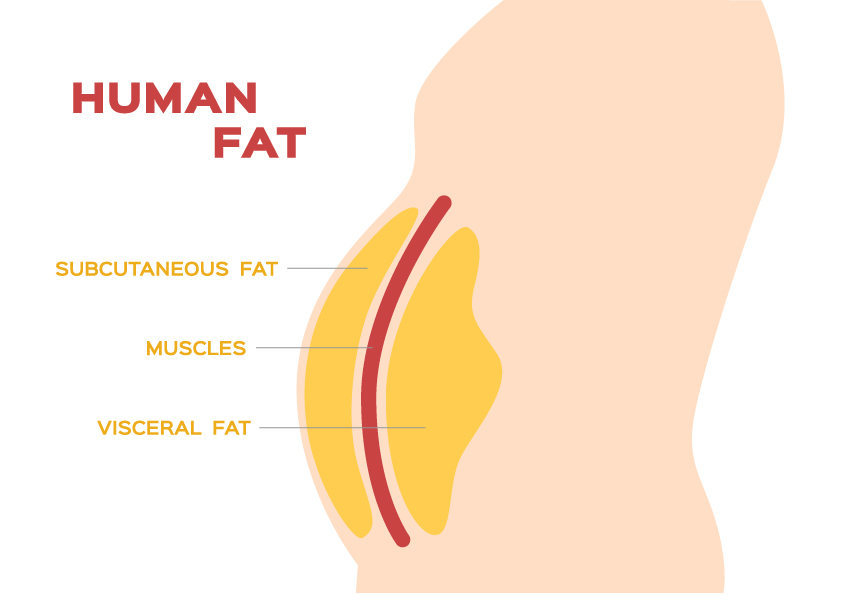
Body fat, or adipose tissue, is more complex than you might think. Beyond fat cells, it is made up of connective tissue, immune cells, and nerve cells.
There are two types of body fat: subcutaneous fat and visceral fat. Subcutaneous fat is a layer beneath your skin. Visceral fat surrounds your internal organs.
Their layers change as we age. And there are differences when it comes to sex: During and after puberty, visceral fat tends to build up around the waist and belly in males.
In females, subcutaneous fat tends to build up around the hips and thighs. And after menopause, visceral fat levels increase.
Body fat is a form of stored energy — our bodies use it when it’s needed. It also helps:
Having too much body fat, or not having enough, can contribute to a variety of diseases. The visceral fat around your organs is the type that’s mainly associated with these health issues.
Overweight or obesity increases your risk of developing certain health conditions, including:
Not having enough body fat also increases your risk of some health conditions, including:
 Hot News
Hot News2024-12-16
2024-11-21
2024-10-17
2024-09-06
2024-01-24
2024-01-10